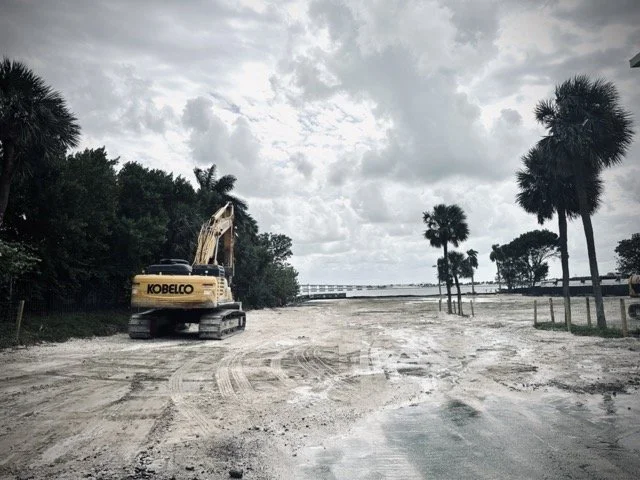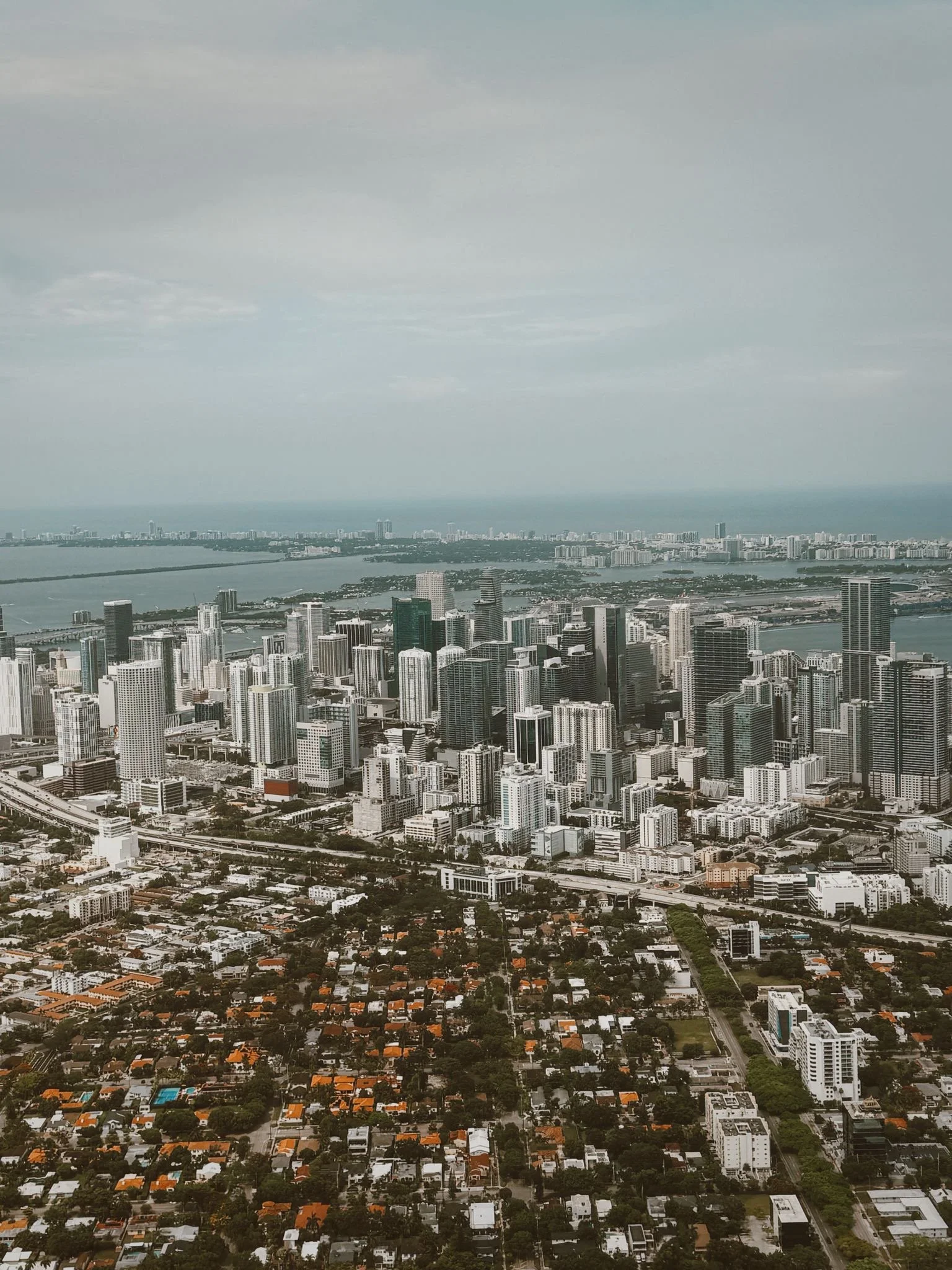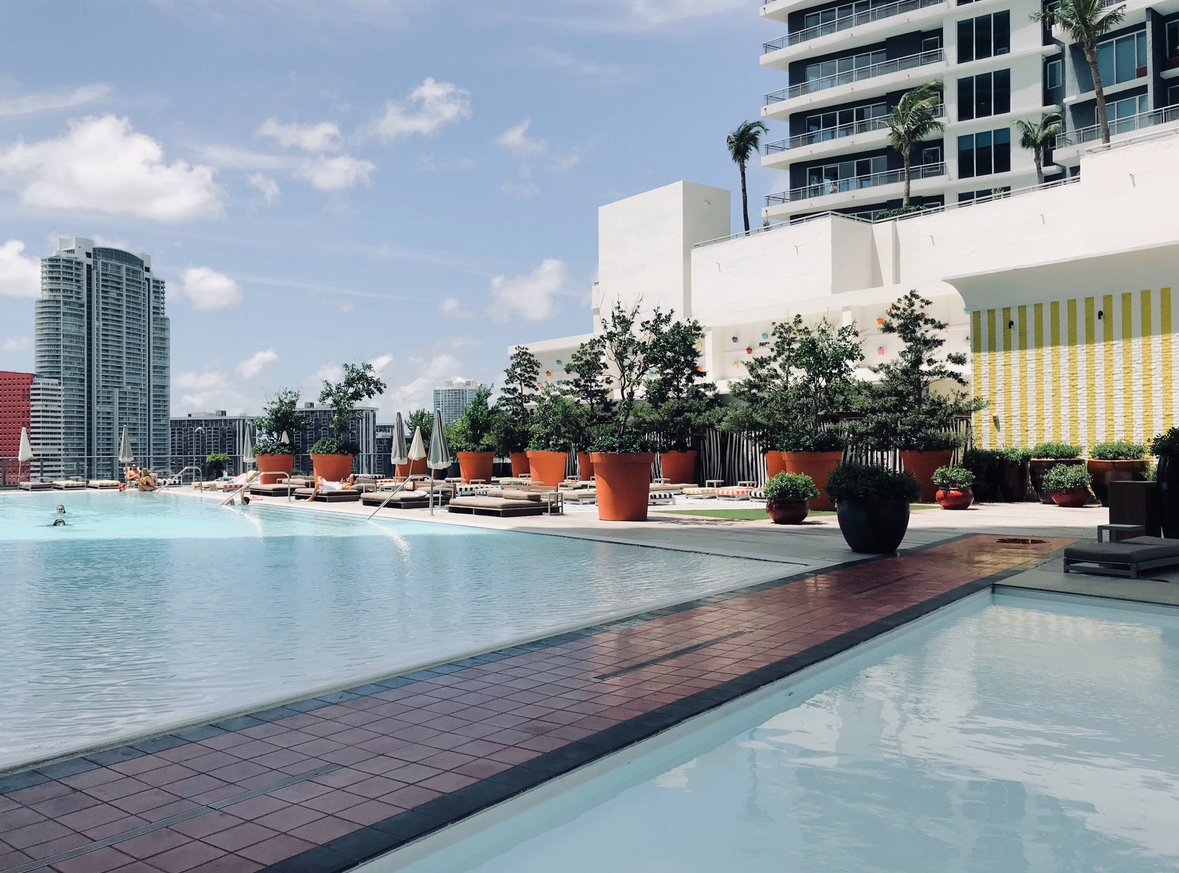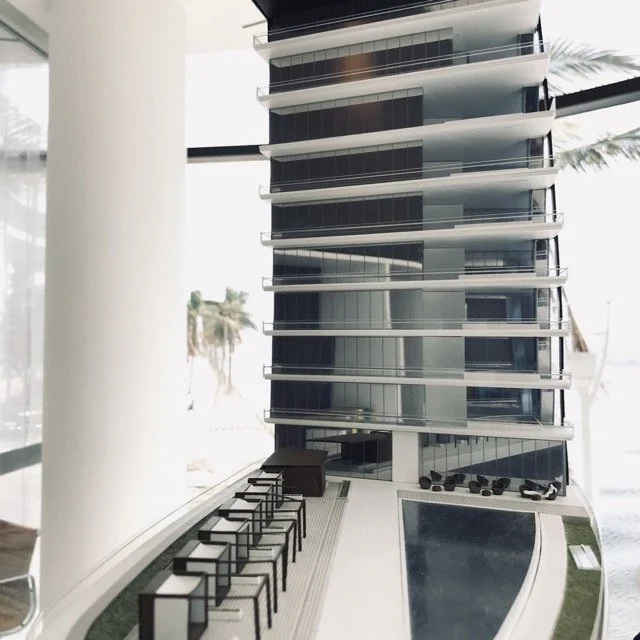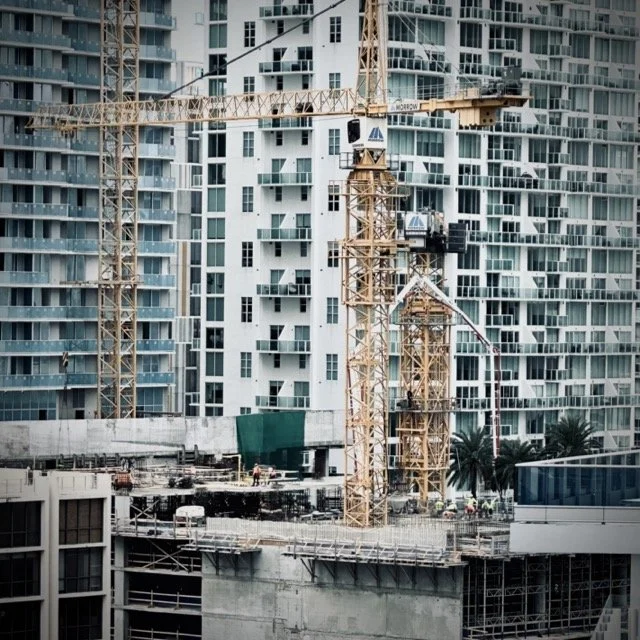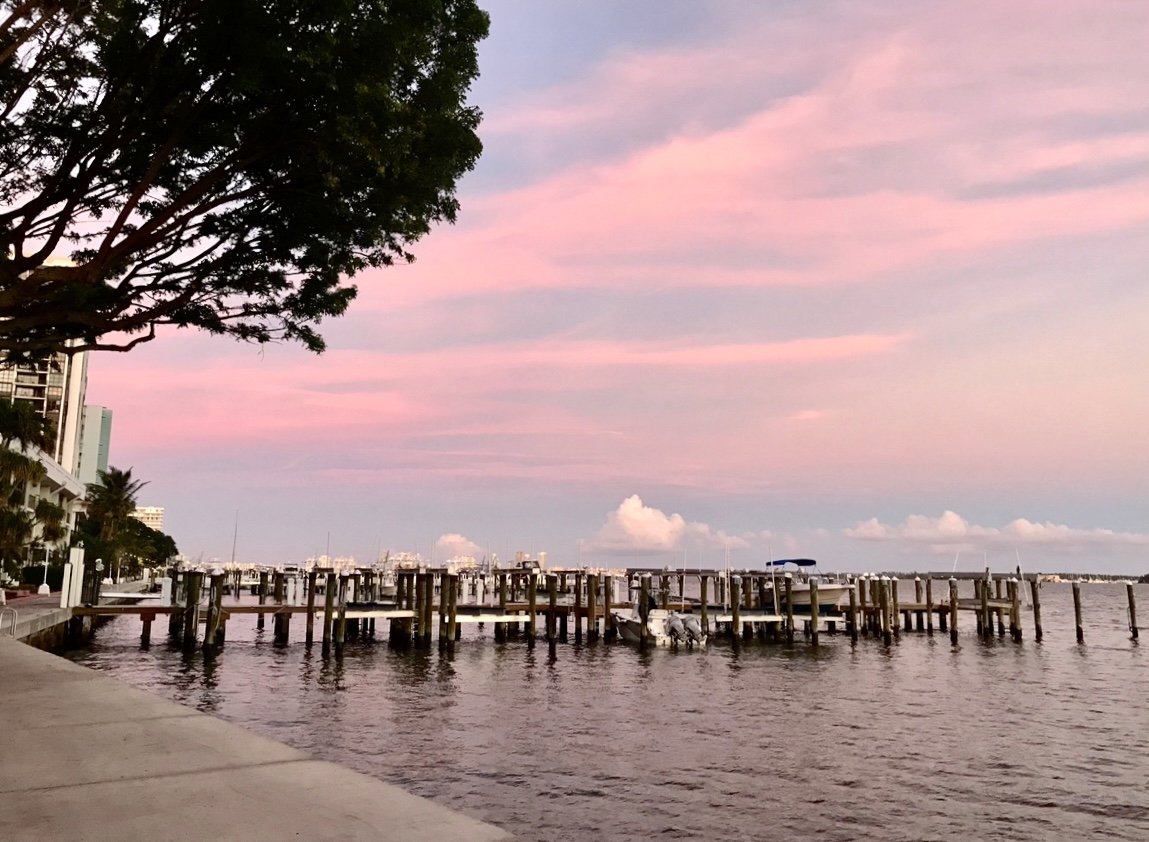Miami Forgets. Brickell Remembers
At 1809 Brickell, where the future St. Regis Residences are planned to rise, something surfaced. Not metaphor. Not myth. Archaeologists uncovered early traces of human presence, soil features, fragments, and what may include burial remains, echoing what’s been found at other major Brickell sites. This corner of the city, once occupied by the Axelrod Towers, may now join a deeper story about what was here before the skyline.
We say this city has no memory. That it builds fast and forgets faster. But here was a moment, still unfolding, that asked something different: What if we didn’t cover it up? What if we actually preserved it?
1809 Brickell Ave | photo by Nadia Bouzid
What the Ground Remembers
They know what it means to dig up more than dirt.
This isn’t the first time the ground has pushed back.
This is Brickell. Built on Tequesta land. On top of ancient village sites, burial grounds, freshwater springs. Long before renderings. Long before zoning. Miami's a young city. For decades, no one dug deep enough to notice what was under the concrete. Or maybe they did and just kept pouring.
But when Related cleared the Baccarat site at 444 Brickell, what surfaced wasn’t debris. It was memory. Tequesta tools. Animal bones. Human remains. What archaeologists called one of the most significant Indigenous finds in the city's urban core.
To their credit, Related didn’t bulldoze forward. They paused. Hired the right team. Funded the dig. Over a million artifacts were catalogued and stored. Not all of them shine. Most are fragments. Charcoal. Bone. Clay. But together they map a history that no blueprint ever could.
The headlines made it sound messier than it was. That Miami Herald article came in sharp. But headlines are written to sell, not to explain. What actually played out was slower, quieter. A push and pull between city staff, tribal leaders, preservation boards, and a developer trying to make the math work while respecting the law. It wasn’t flawless. But it wasn’t careless either. And it didn’t feel soulless.
At Icon Brickell, two decades earlier, things unfolded differently. The Miami Circle was found. A full state buyout followed. The land was landmarked. A rare win for memory over momentum. But that was 1998. Before the cranes. Before the render wars. Before Brickell became a vertical currency.
Since then, Related has shifted. There's caution now. A kind of procedural respect for the land. They follow the rules. Not always with applause, but consistently. They haven’t ripped through sacred ground to save a few weeks of construction. And you feel it in other places too. Their partnership with PAMM. Their investment in public art. The ambition behind their architecture. There’s something more than profit here. A love for Miami. A commitment that reads, at times, like stewardship.
Maybe that’s the line. Not perfection. Not performance. But a willingness to slow down. To dig carefully. To let history breathe before the concrete sets.
And now, at 1809 Brickell, the ground is speaking again.
The old Axelrod Towers are gone. In their place, a future tower branded by legacy. The St. Regis. But before the pilings, before the slab, came something older. Hearths. Pottery. A child’s remains. Tools chipped from stone. Evidence of life, still breathing beneath the rebar.
The city stepped in. Construction paused. The artifacts sit in quiet custody, waiting. The board hasn’t ruled. Related hasn’t filed their plan. No glass floor. No memorial. Not yet.
And so we wait.
To see if memory makes it into the blueprint.
To see if luxury can share ground with legacy.
To see if this city, famous for forgetting, might choose to remember.
Because this isn’t just about a building. It’s about the land beneath it. And the people who walked it long before permits were pulled.
We say it all the time: que Miami no tiene historia. That we don’t preserve it. That we build too fast. Forget too easily.
But here it is.
Not behind glass. Not in a textbook. Right beneath our foundations.
This city has always had history. What it hasn’t always had is the will to protect it.
Now we do.
We have the chance to honor what was found. To preserve it. To acknowledge it. To give it the space, and the meaning, it deserves.
It won’t slow the city down. But it might make it deeper.
And maybe, more whole.
MORE ON REALESTATE
